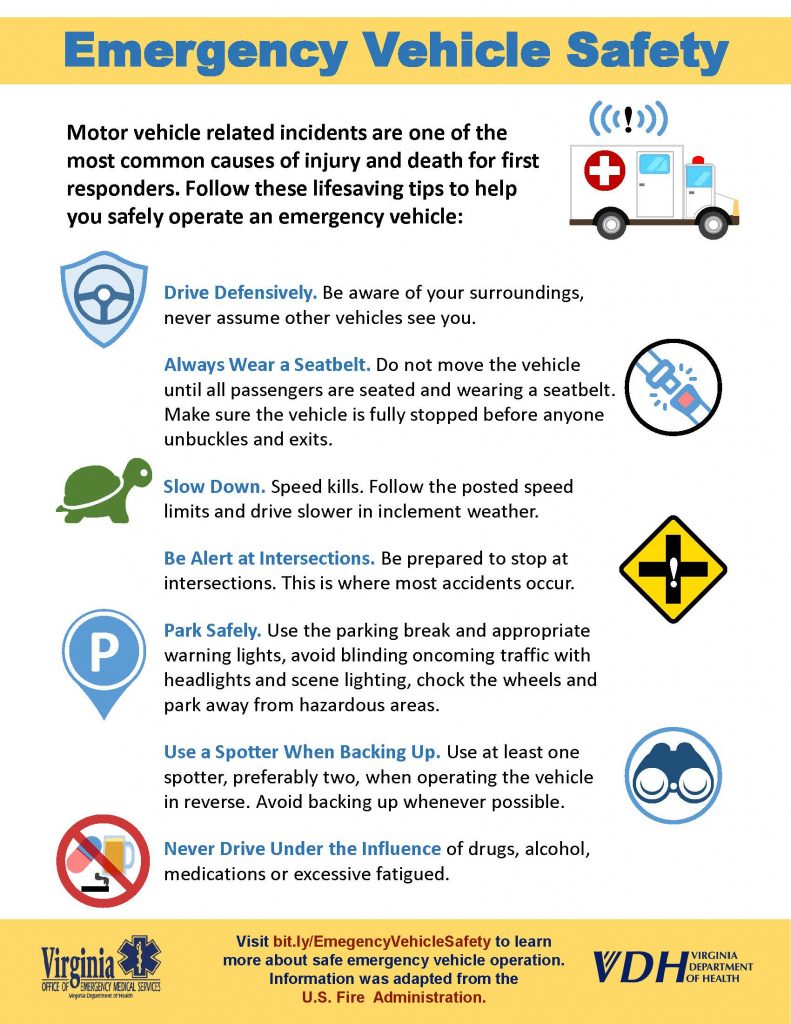What are the risks of EMS?。 ここで視聴してください – What are some harmful effects of EMS
Overtraining with EMS can cause muscular tension and tear muscle fibres which could lead to injury. Here are some known EMS overtraining risks: Rhabdomyolysis – this is caused by overexertion of the muscles that leads the muscle cells to disintegrate. Severe rhabdomyolysis can lead to kidney failure.Conclusion: EMS seems to be a safe and reasonable modality for improving physical fitness in healthy individuals.Who Should Avoid EMS While EMS is generally considered safe and focuses on low-impact exercises, you'll want to skip it if you are pregnant or have an underlying medical condition. It's important to avoid EMS if you have a pacemaker, a seizure disorder, or active blood clots.
Potential risks
There appear to be very few risks relating to electrical muscle stimulation. The most common include tissue burns and skin irritation. However, additional complications can occur if the placement of the electrodes is too close to a transdermal drug patch.
Is it safe to do EMS everyday
We do not recommend that EMS training is done every day.
When should you not use EMS
You should avoid electrical stimulation if you have:
- A change in tissue sensation.
- Impaired mental status.
- Presence of an implanted electrical device.
- Malignant tissue.
- Wounds that are too moist.
- An injured area near the eyes, carotid sinus, front of your neck, or over reproductive organs.
With EMS exercise you'll benefit from improved circulation of blood throughout your body and increased blood flow to the muscles. Improved blood flow means a healthier heart.
Overall, electrical muscle stimulation can be considered a safe and efficacious therapy alternative to conventional physical exercise in patients with heart failure.
Who Cannot use EMS
WB-EMS is contraindicated in patients with implanted electronic devices such as pacemakers, implanted defibrillators, neuro-stimulators or pain pumps because of potential electrical interference.In fact, the best way to achieve the fitness and body shape goals that you are targeting is to continue EMS training over the longer term. Just like working out in the gym, if you stop for any length of time, you will lose your muscle and fitness gains.EMS intensity should be as high as individually tolerated, and a minimum of three sessions per week [large pulses (between 300–450 μs), high frequency (50–100 Hz in young and around 30 Hz in older individuals)] for at least 5–6 weeks should be performed.
Yet whole-body EMS isn't a shortcut to a Marvel hero's physique, scientists say. Regulators have warned the equipment can be dangerous, with risks including muscle damage or burns.
In addition, although short-term electrical stimulation is not damaging to nervous tissue, chronic electrical stimulation can damage nerve structure. After the ultrastructure of neurons is altered, neuronal function may be disturbed.
1-2 times per week
Before you consider how many you need, it is important to understand that the maximum amount of times you can train using Electrical Muscle Stimulation (EMS) technology is 1-2 times per week. This is to allow time for your muscles to repair and recoup before your next session. Yes, you NEED that time to recover!
Is EMS massage safe
Is it Safe Side effects associated with the use of an EMS device are minimal, considering that these machines use safe, low-level pulses of electricity to work. Some side effects can include: Potential skin irritation at the site of application.
It has been shown, however, that single-muscle EMS induces muscular damage which manifests with muscle force reduction up to −20% 4 respectively 7 days afterwards.EMS also promotes weight loss by building muscle, which in turn helps to boost your metabolism and burn fat. Weight loss with EMS training is most effective when combined with a healthy, balanced diet which promotes the calorie deficit.








